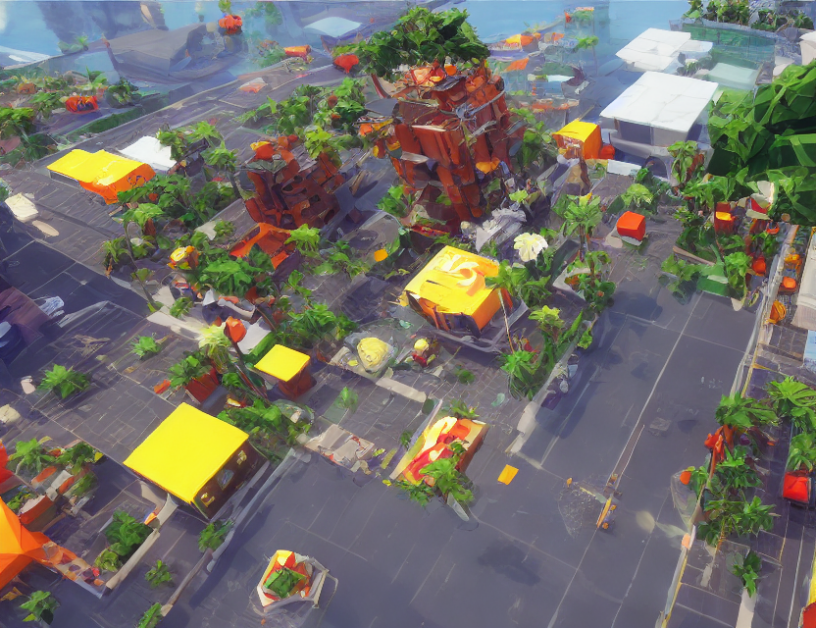Deep neural image editing is a rapidly advancing field that enables users to modify images in various ways using deep learning techniques. One exciting development in this area is the ability to transfer the style of one image to another, creating a new and unique image. In this article, we explore the concept of deep neural image editing with style transfer, demystifying its complexities and explaining how it works in a simple and engaging manner.
What is Deep Neural Image Editing
Before diving into style transfer, let’s first understand what deep neural image editing is. It involves using deep learning models to edit images in various ways, such as changing the colors, textures, or even removing objects from an image. These models are trained on large datasets of images, allowing them to learn the patterns and relationships between different features of an image.
What is Style Transfer
Now, let’s move on to style transfer, which is a specific type of deep neural image editing. In style transfer, we take an image and apply the style of another image to it. The resulting image combines the content of the original image with the style of the reference image. This creates a new image that has the look and feel of the reference image while still maintaining the original content.
How Does Style Transfer Work
So, how does this magic happen? Well, let’s break it down step by step.
Step 1: Collecting Reference Images: We start by collecting a large dataset of images that we want to use as references. These images serve as examples of different styles that we can transfer to other images.
Step 2: Training the Model: Next, we train a deep neural network model on this dataset of reference images. The model learns to extract the features that define each style from the reference images.
Step 3: Applying Style Transfer: Once the model is trained, we can use it to transfer the style of one image to another. We feed the original image into the model and apply the learned style features to it. This creates a new image with the content of the original image but the style of the reference image.
Step 4: Post-processing: Finally, we may apply some post-processing techniques to enhance the quality of the resulting image or to adjust its color balance, brightness, etc.
Advantages of Deep Neural Image Editing with Style Transfer:
Now that we understand how style transfer works, let’s explore its advantages. One of the most significant benefits is the convenience it offers. With deep neural image editing, you can edit images quickly and efficiently without having to spend hours retouching them manually. Additionally, it supports multiple editing capabilities, allowing you to experiment with different styles and effects.
Another advantage of style transfer is that it eliminates the need for training on new scenes. This significantly reduces the editing time and model storage requirements, making it a more practical solution for various applications.
Conclusion
In conclusion, deep neural image editing with style transfer is a powerful tool that enables users to edit images in a convenient and efficient manner. By demystifying its complexities and explaining how it works in simple terms, we hope to make this technology accessible to a wider audience. Whether you’re a professional graphic designer or just someone who wants to enhance their social media posts, deep neural image editing with style transfer has something to offer. So why not give it a try and unleash your creativity today?



